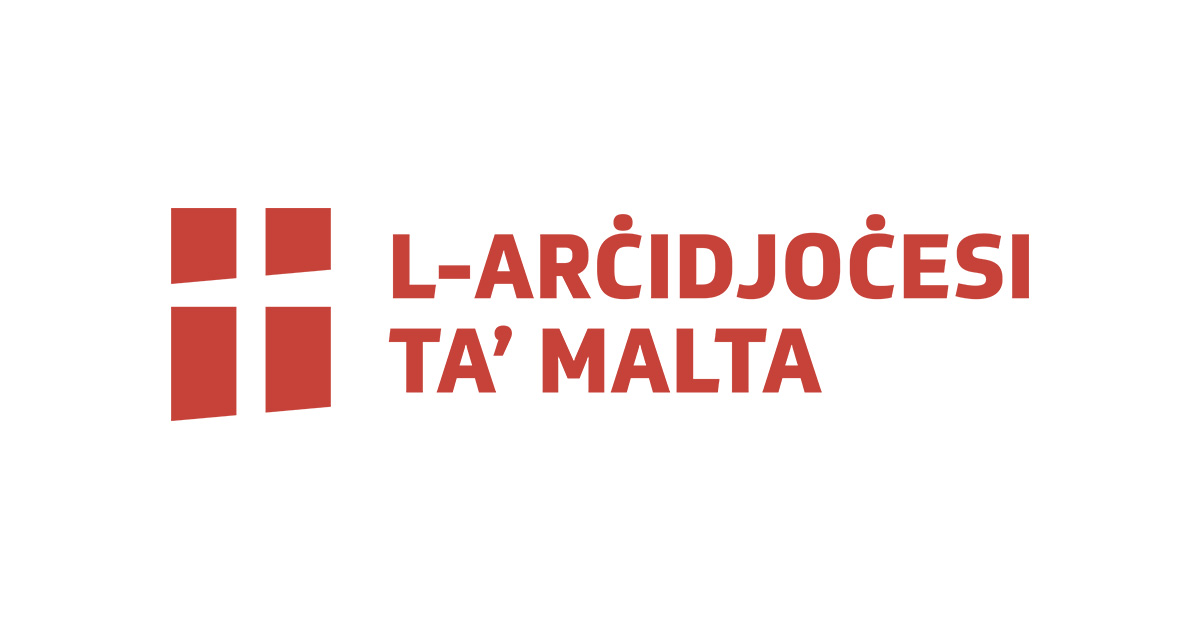-
-
Homily by Archbishop Charles J. Scicluna
-
St John’s Co-Cathedral, Valletta
1st April 2018The Gospel of Mark is the shortest of the Gospels; it has sixteen chapters and it doesn’t really waste a lot of parchment. It does not include any narrative of the birth of Jesus and it starts immediately with the announcement of the Kingdom and the Baptism of Jesus in the river Jordan by John the Baptist, to whom this co cathedral is dedicated
One of the most graphic images towards the beginning of the Gospel of Mark is the constant conflict and struggle between Jesus and the devil. And one of the most emotionally charged and dramatic moment, is when a father, distressed and worried, goes to Jesus and tells him about his young man, his son, who lives in cemeteries, naked, hurting himself, self-harm, it’s his life. He is deaf and dumb, he is possessed by the evil one. And Jesus exorcises this young man, he frees him from the devil, from this moment of slavery, the slavery to sin and to the evil one (cfr Mk 5, 2-16). And his father finds the young man seated on one of the tombs calm, ready to be reconciled to the world of grace and freedom and sanity.
And towards the end of the Gospel —i we’re in chapter 16 — we see this image of the resurrection. Three holy women, very devout, go with spices to the tomb of the crucified Jesus of Nazareth (Mk 16,1). Their devotion is to try to hide the corruption of death by the use of perfumes and expensive spices but they find an extraordinary surprise: there is an empty tomb and at the tomb they see a “young man sitting on the right side clothed in a white robe” (v. 5). They were utterly amazed.
And so the image of the young man, seated on a tomb dressed, not naked, but dressed in white, returns towards the end of the gospel. It is a very important image: the Lord to his death and resurrection has overcome sin and evil. He has not been touched by the corruption of death and through his resurrection, he frees us from slavery to deceit, from slavery to sin, from slavery to corruption.
As we look at the image of the young man, we remember that on the first day of the week, the Church rejoices in a newly found youthfulness. Today the Church is renewed because we Christians renounce evil, slavery of sin, the devil and all his wiles and deceits. We embrace the merciful Lord who wants to embrace us, thirsts for our embrace and we find true peace.
“Do not be amazed, you seek Jesus of Nazareth, the crucified. You try to find him in a corrupt grave, he has been raised, he is not in the tomb” (cfr. v. 6). The young man continues to tell them that they need to go to his disciples and to Peter because the Lord is going to go before them to Galilee. There they will see him as he had told them (cfr v. 7).
So the image of the deaf and dumb man who hurts himself and is in the possession of the evil one, changes into a young man who is full of sanity and good news. And this is what we, as a community together with Peter, want to become every day: a youthful, energetic Church that is not bound to the sacristy, but goes out into the world and, at great cost, announces the Gospel of the Good News and the victory of peace over hatred, of compassion over self-interests, the victory of grace over sin.
Let us rejoice in this newly found reconciliation, let us rejoice in the greatest gift of the risen Lord: the gift of his perennial peace.
✠ Charles J. Scicluna
Archbishop of Malta -
The Readings:
Ist Reading: Acts 10:34A, 37-43
Psalm: 118:1-2, 16-17, 22-23
2nd Reading: Col 3:1-4
Gospel: Jn 20:1-9
-
-
-
-
-
Photos: Curia Communications Office – Ian Noel Pace




